Did you know some dryer plugs are 3-prong and others are 4-prong? Have you wondered why this is or have you had trouble connecting your dryer to your home electrical dryer outlet because they don’t match?

The old style of 3-prong dryer cords did not include a ground wire. Changes in the National Electrical Code now require dryers to be wired with a ground wire. This means the cords now have 4-prong plugs. There are some cases where you cannot plug your dryer into your receptacle. This is because you may have an old dryer and a new construction home or a new dryer and an old home.

AC WORKS® brand residential collection contains a few options for you to adapt to the current outlet you have in your home, meaning you won’t have to hire an electrician to re-wire your outlets.
When using an old 3-prong cord, the neutral wire had to be tied to the ground connection on the case of your dryer, which is metal. When converting with a 4-prong adapter it is important to make sure the neutral terminal is not connected to the ground case.
Make sure you are correctly connected before you plug your dryer in. There are many things that can go wrong with a dryer that has been incorrectly ground. For example, your hot wire could cause your dryer to become live, causing electrocution or shock to anyone who touches it.
The 4-prong cords contain two hot wires, a neutral, and a ground wire. This provides a safe path for any current traveling to the machine to be re-routed and avoid danger.
We have a variety of dryer adapter types to find solutions allowing you to convert a 3-prong to a 4-prong or vice versa.
AD14301030
S10301430-018
S14301030-018
If you have any questions about how to convert or properly hook your dryer up to your current outlet contact our sales engineers for solutions. info@acconnectors.com We are happy to help find the solution to work best with your existing hookups and teach you how to install them properly and safely.
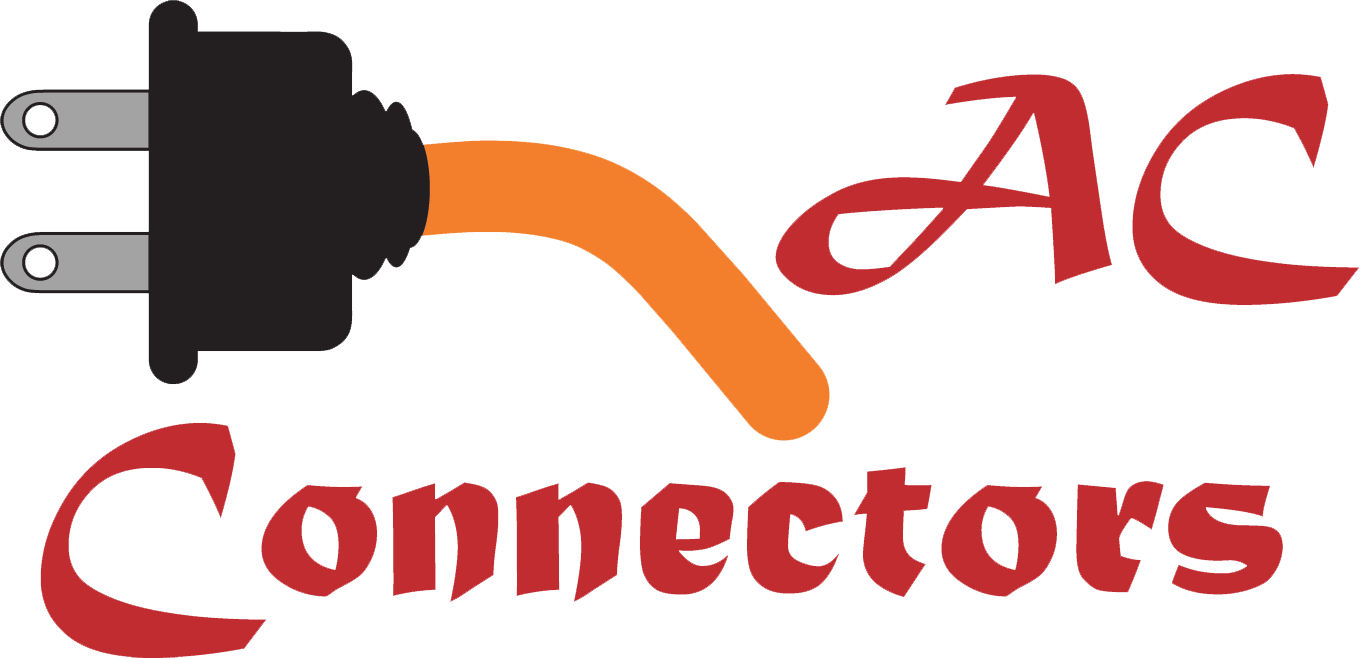



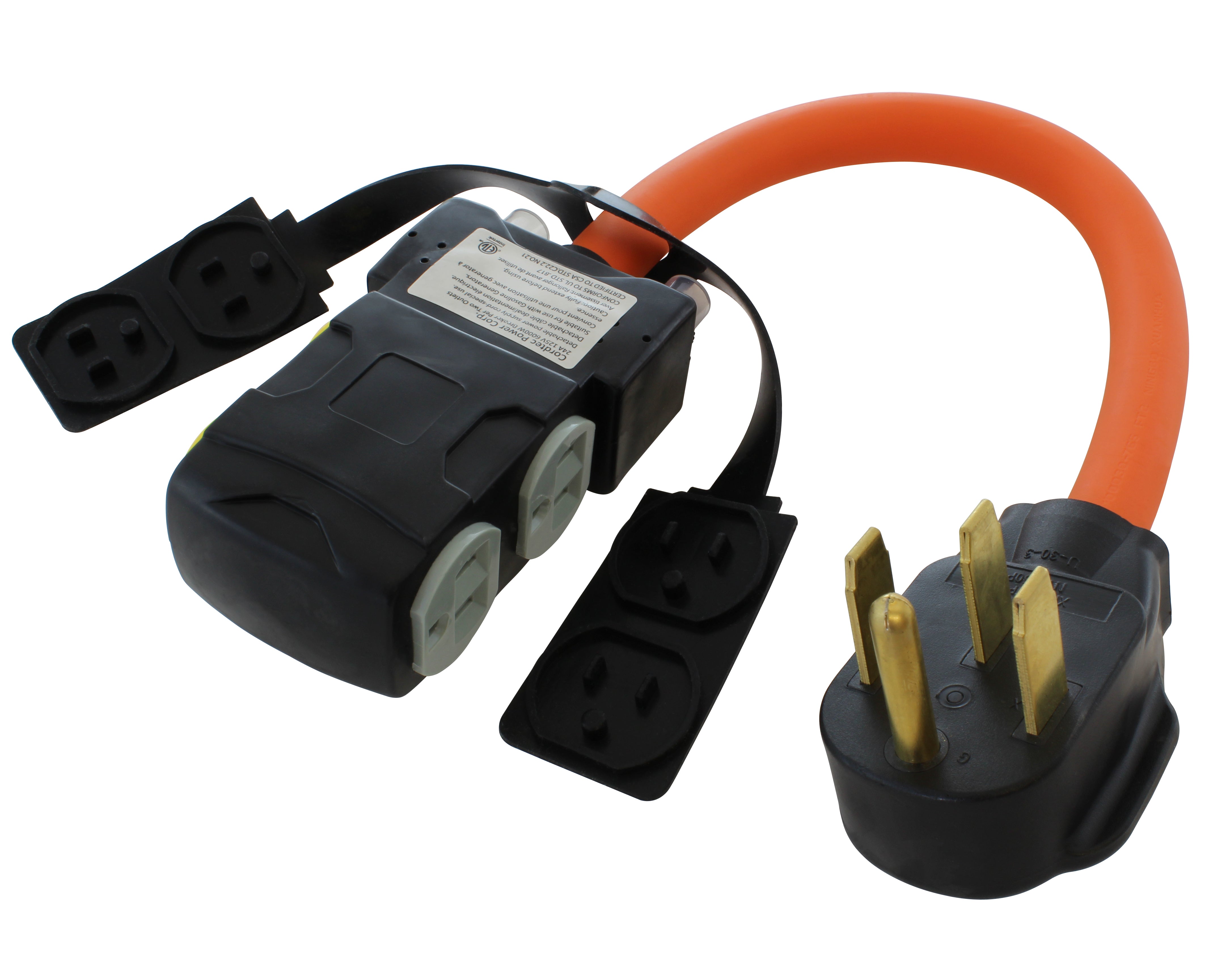
![AC WORKS® [ASINSS2PBX-G] 50A Locking 4-Wire CS6375/ SS2-50 Heavy-Duty Transfer Switch Inlet Box](http://acworks.com/cdn/shop/files/ASINSS2PBX-0_0206b362-7c90-42a5-8754-0685c13dab7e.jpg?v=1758051675&width=2500)
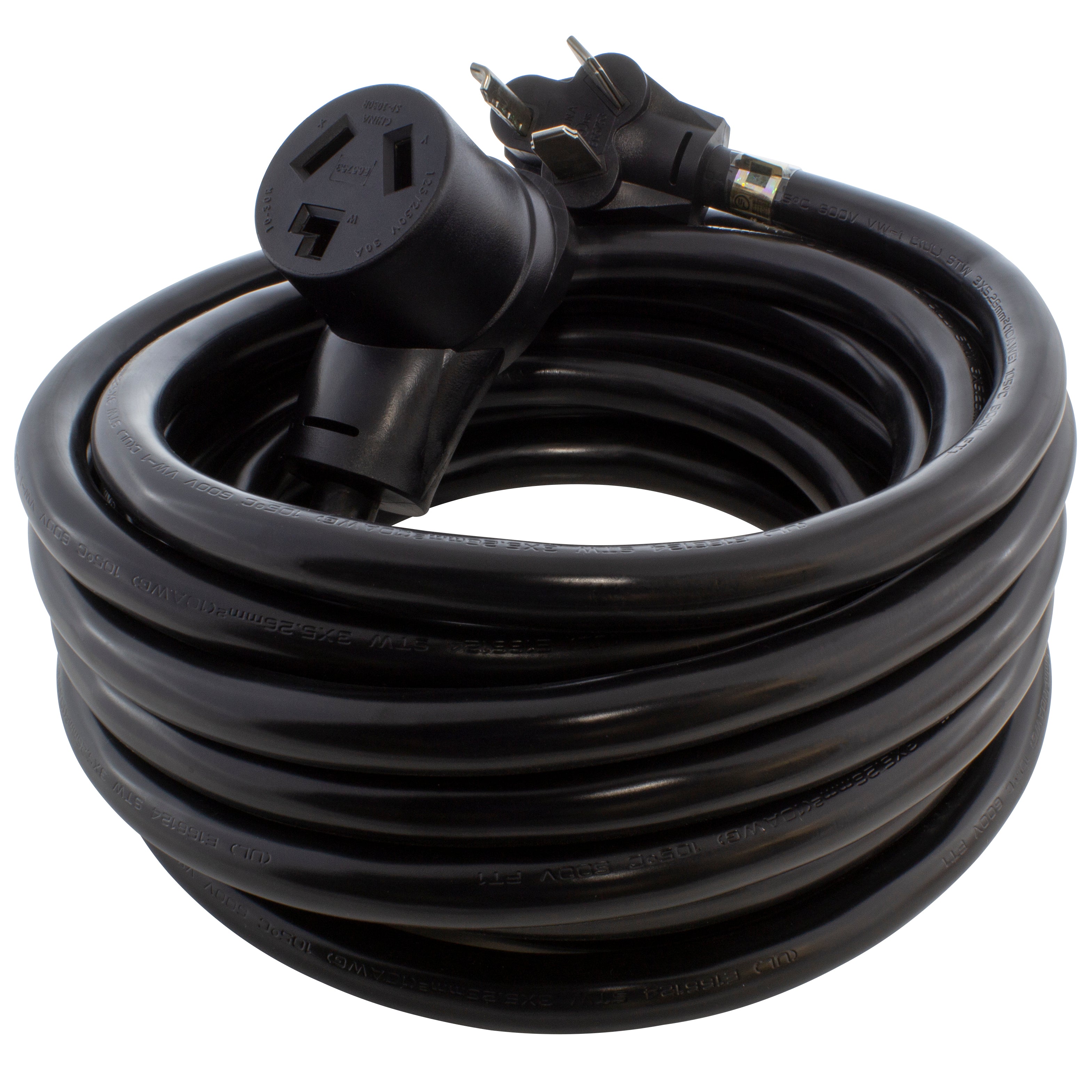
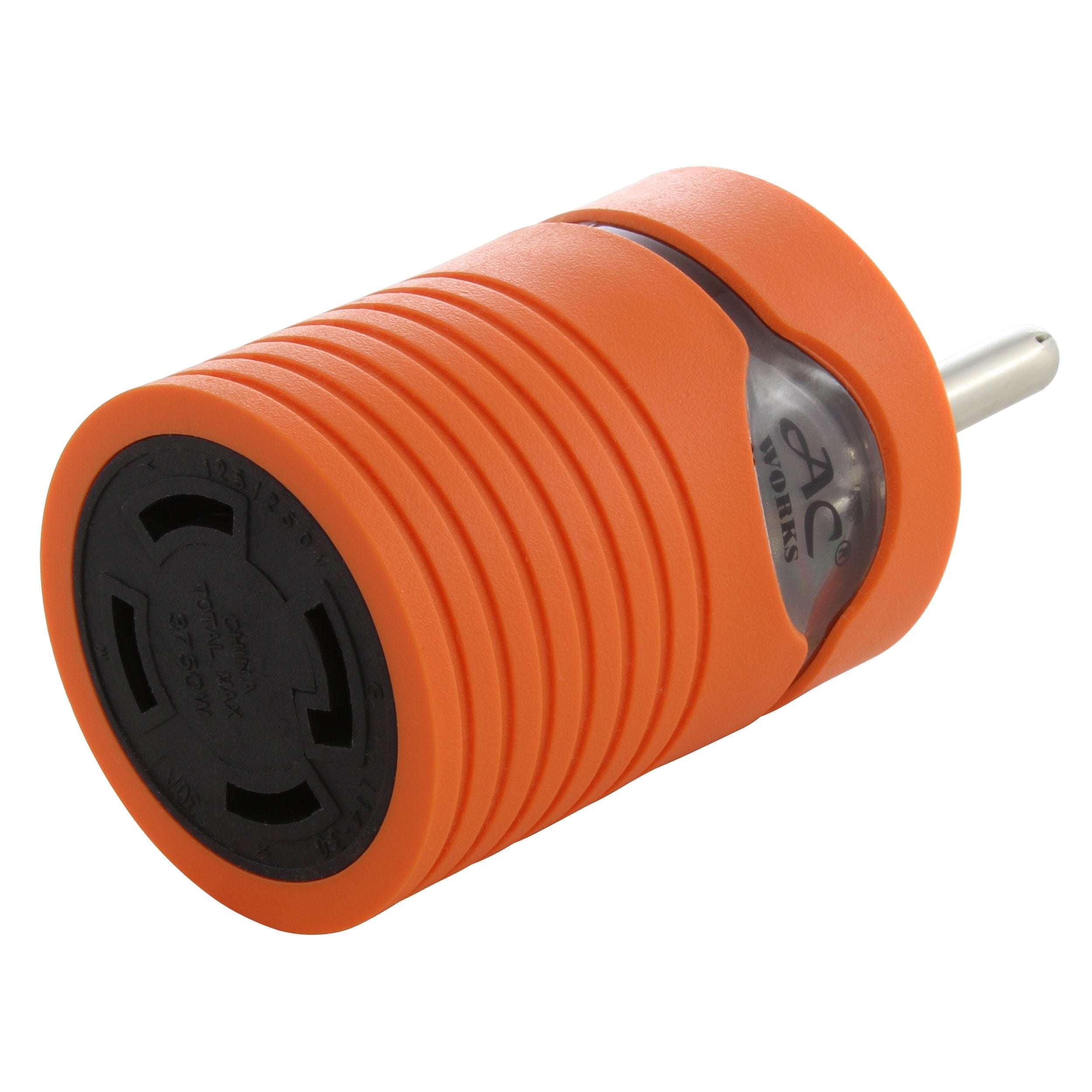
![AC WORKS® [S1430CBF520] 1.5FT 14-30P 4-Prong Dryer Plug to (4) Household Outlets with 24A Breaker](http://acworks.com/cdn/shop/products/S1430CBF520.jpg?v=1666103519&width=4656)
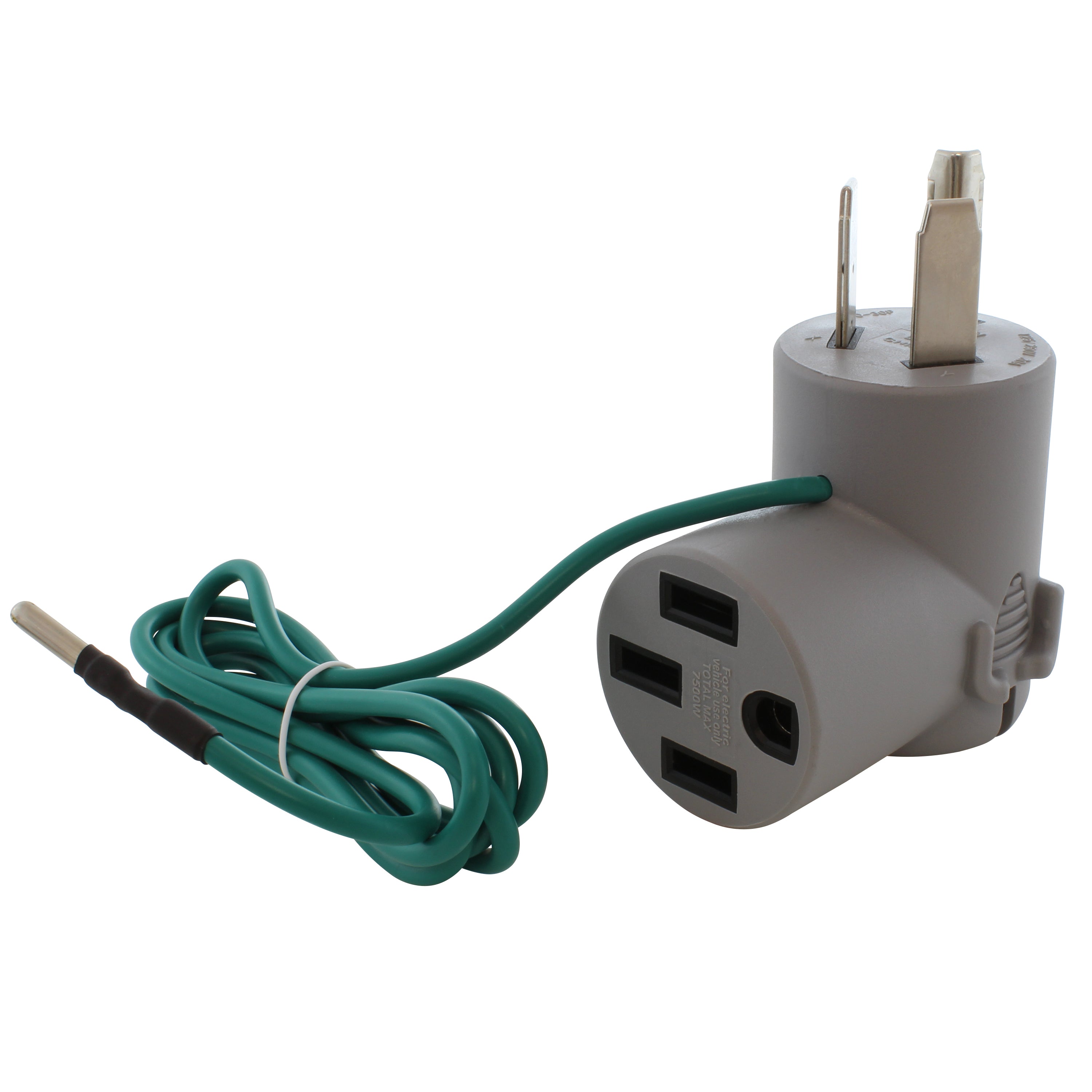
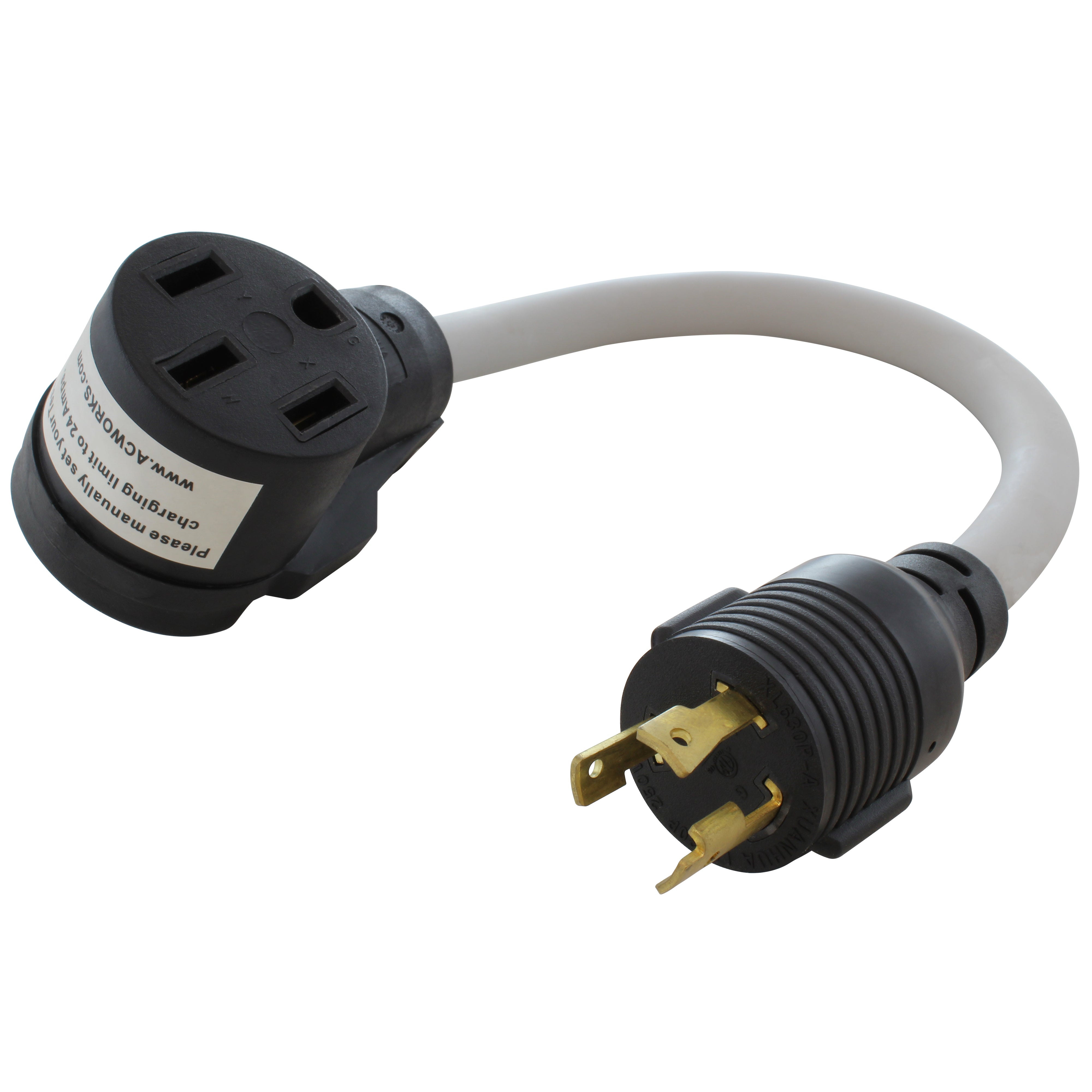
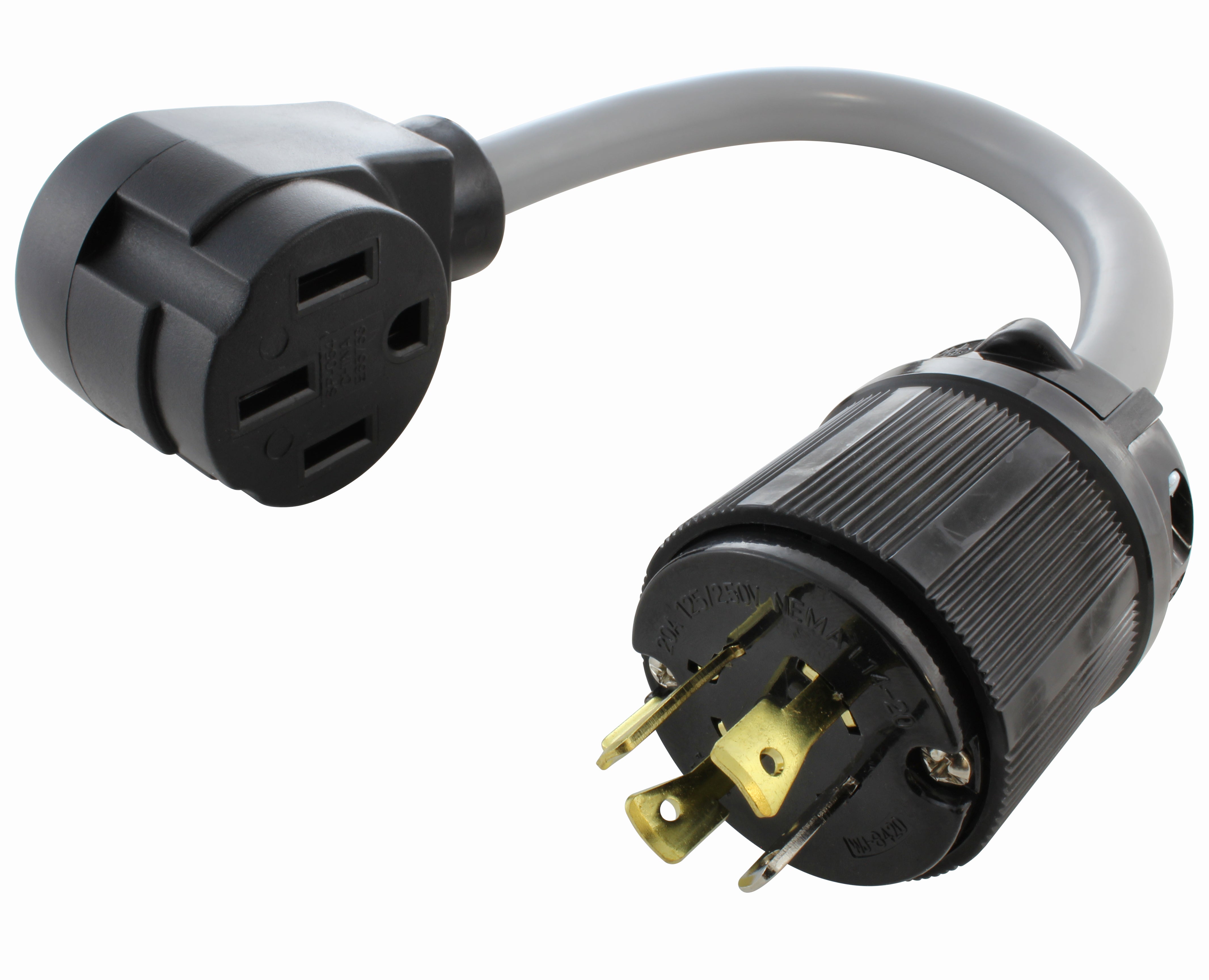
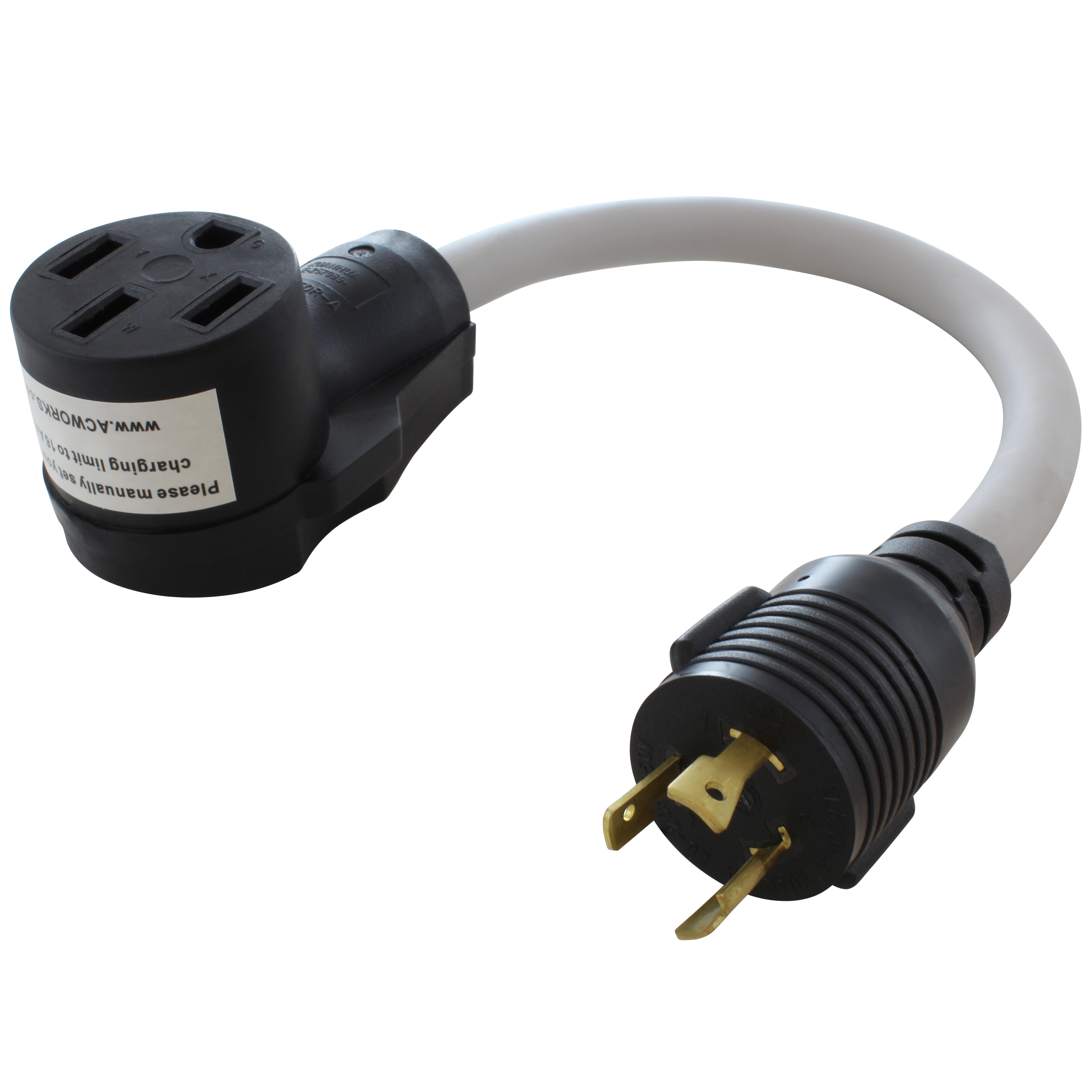
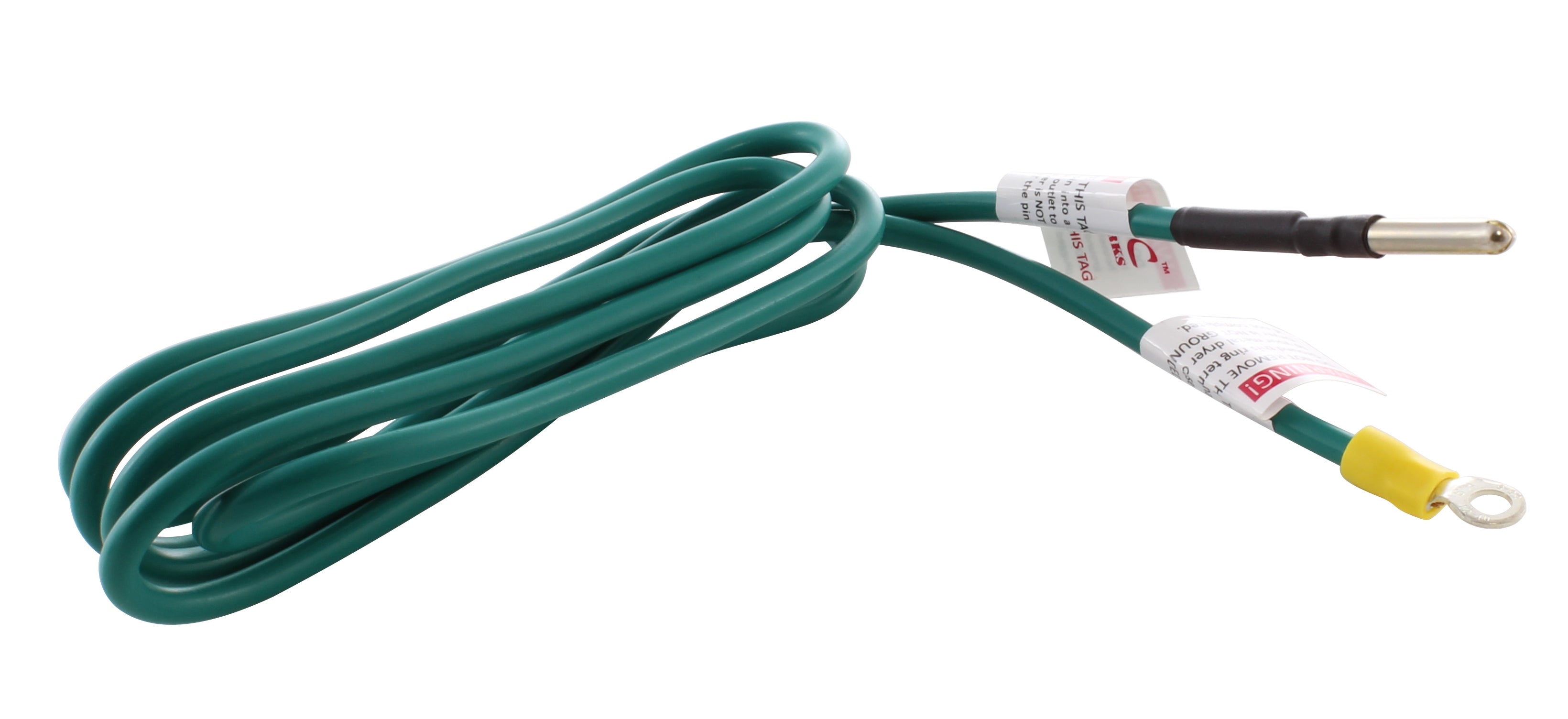
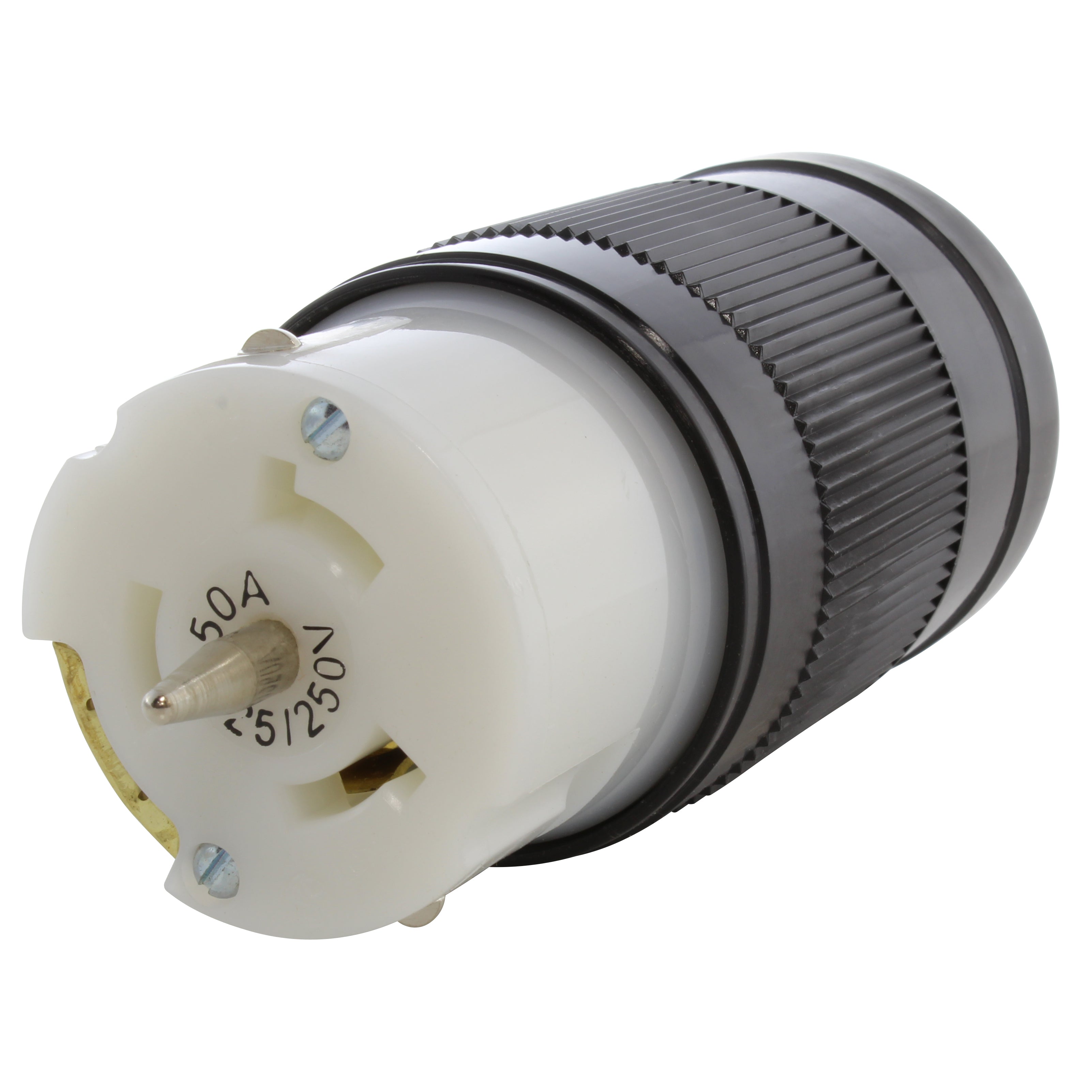
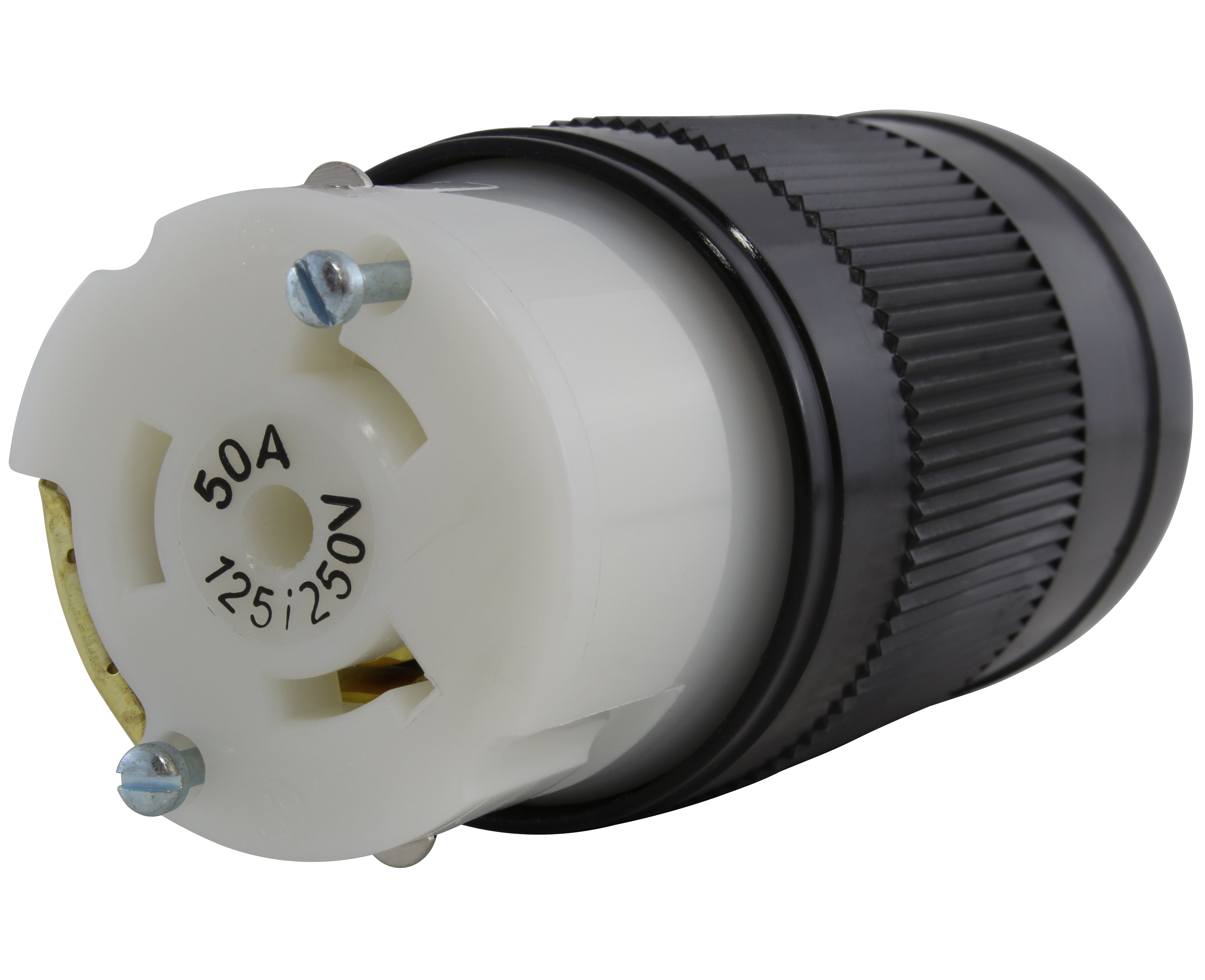
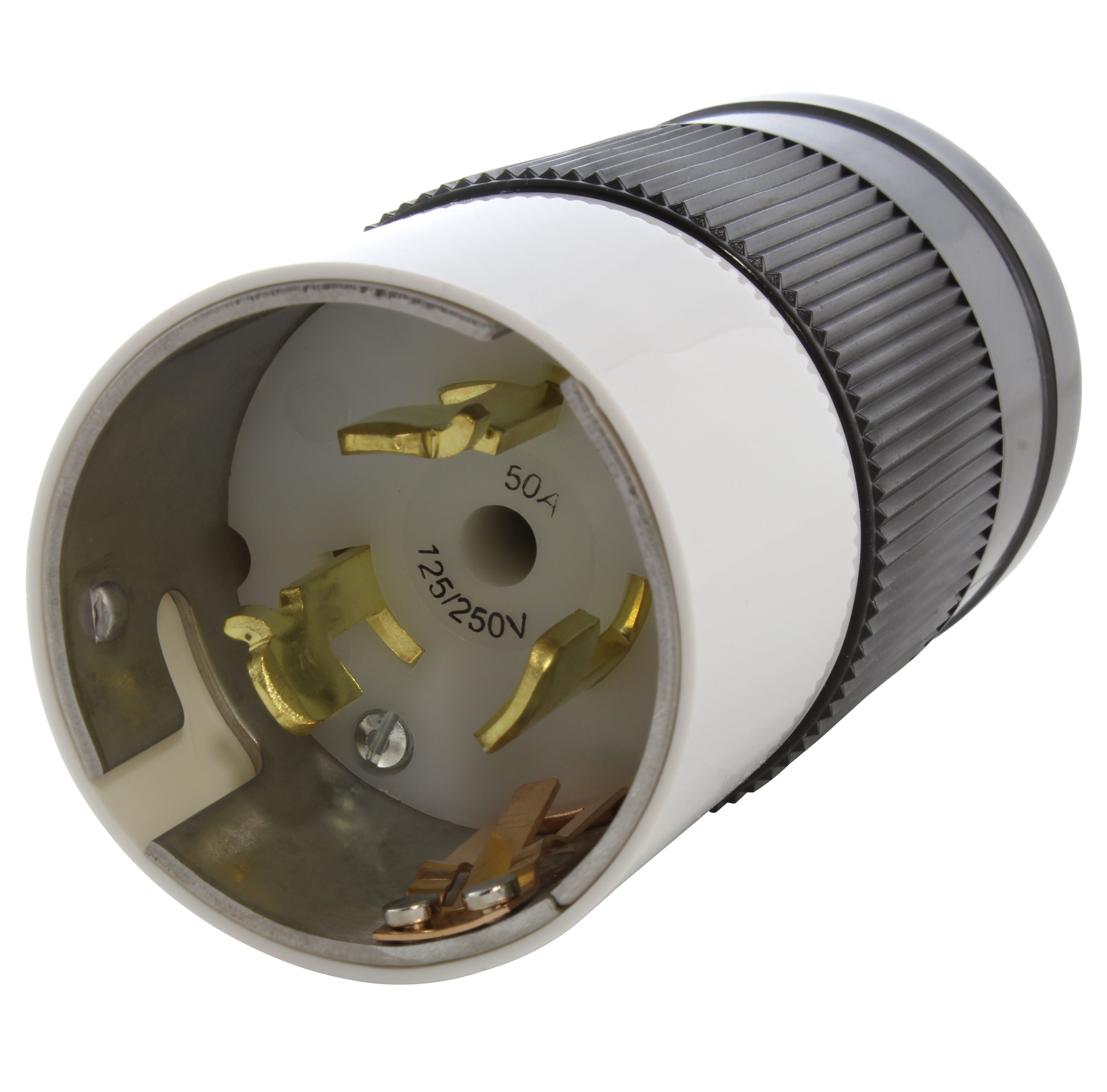
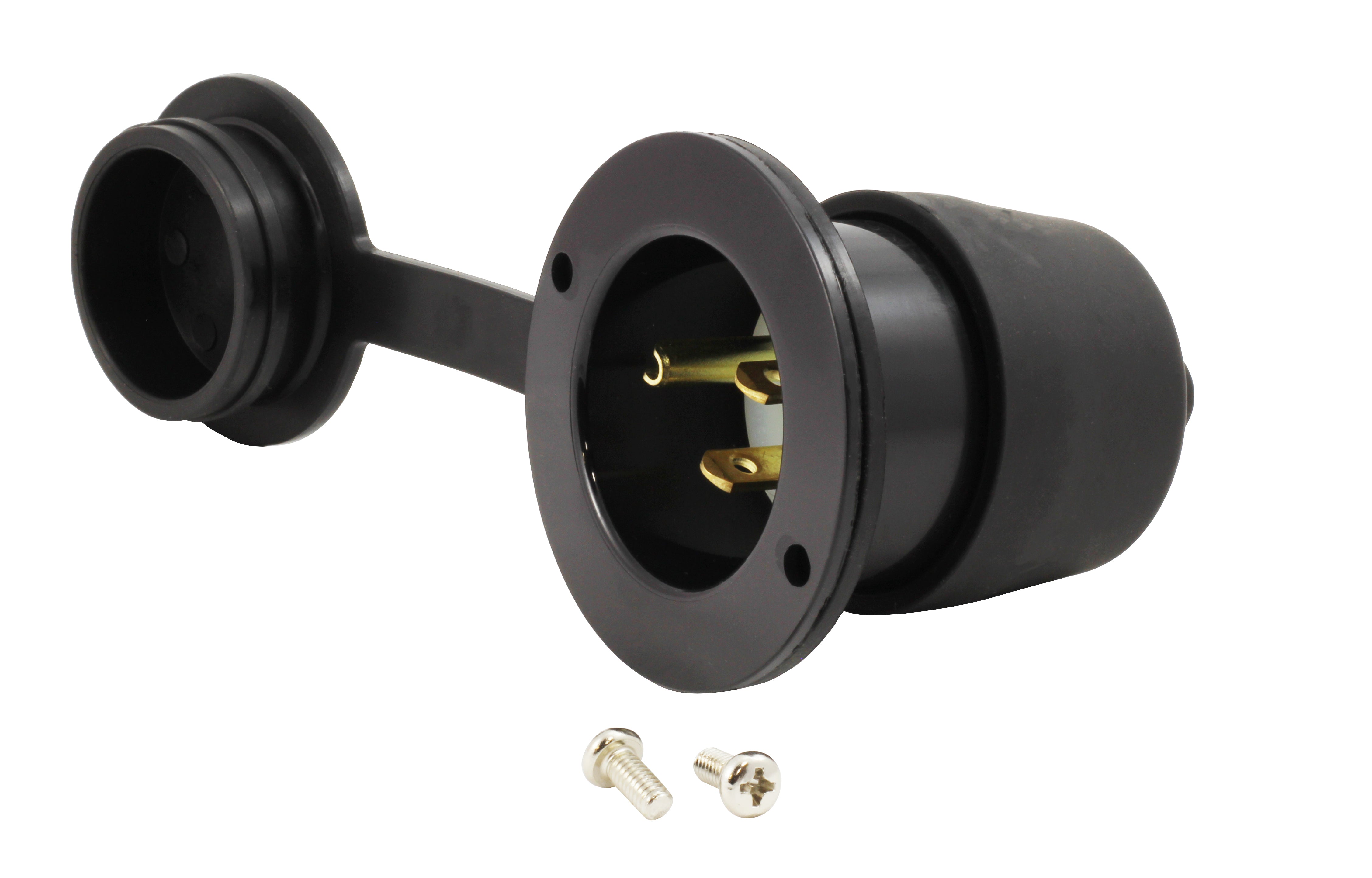
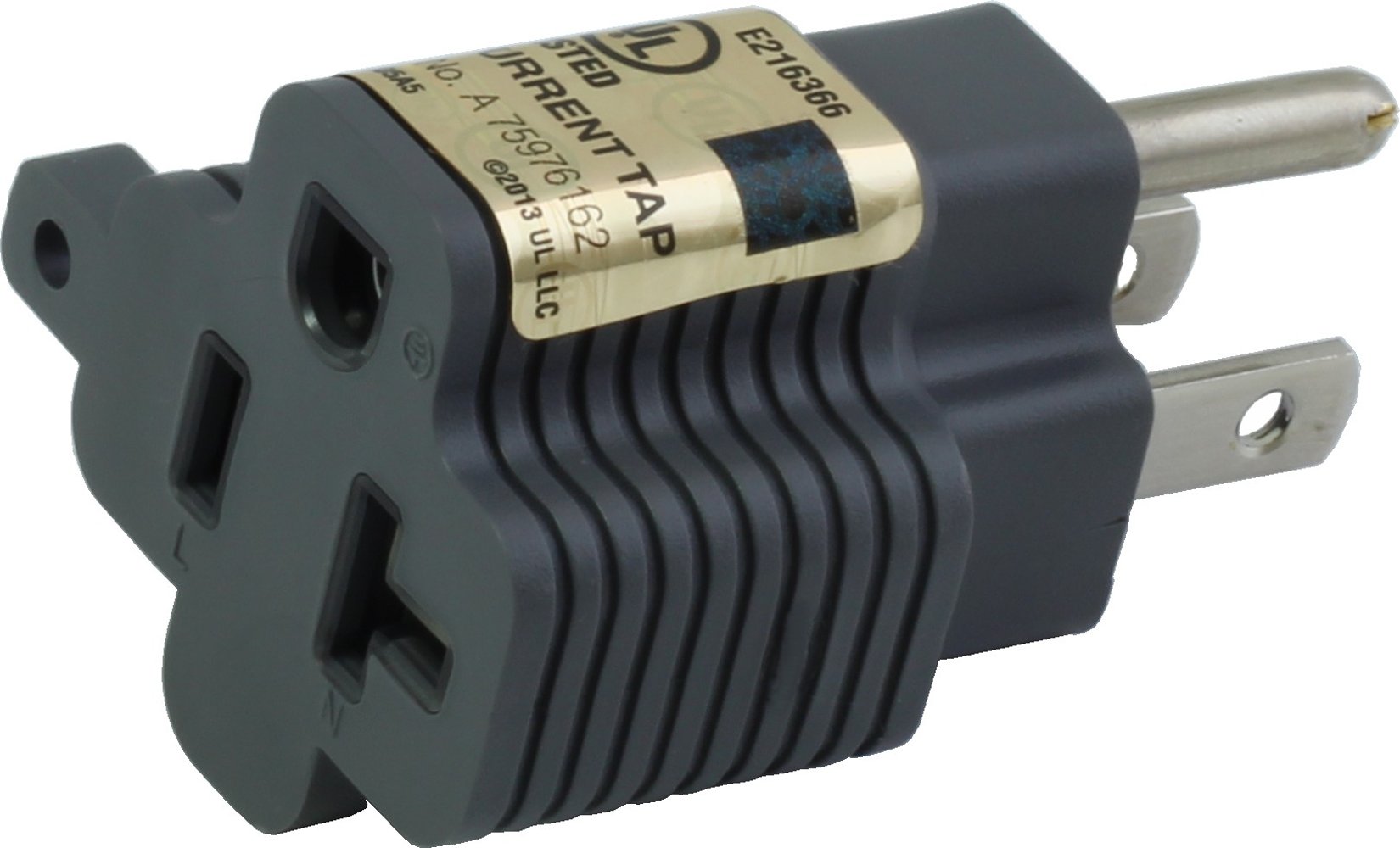
![AC WORKS® [ADV104] 3-Prong Heavy-Duty V-DUO Household Outlet Adapter](http://acworks.com/cdn/shop/products/ADV104-0.jpg?v=1605738768&width=3128)
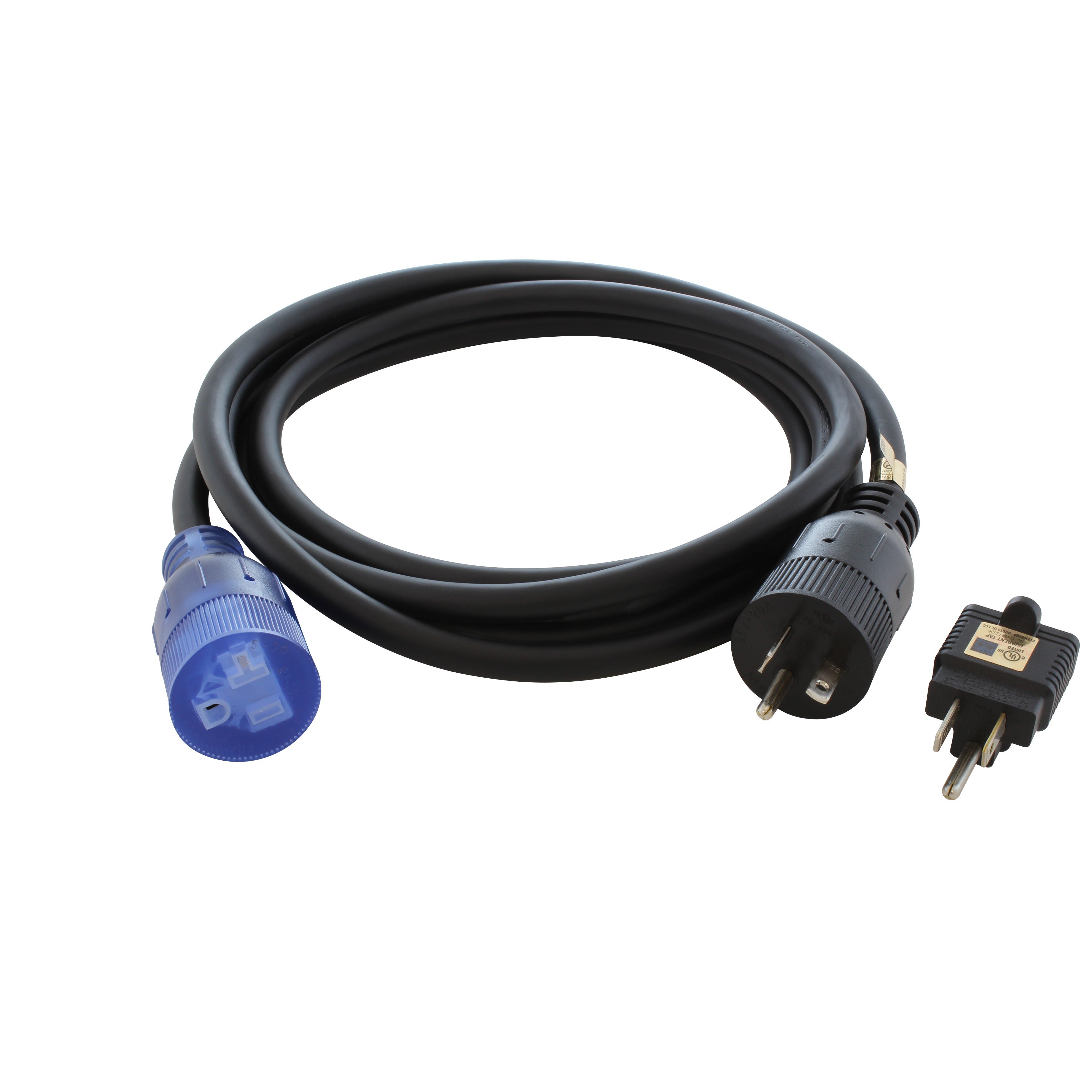
![AC WORKS® [XH515520] 15A to 15/20A 125 Volt Plug Adapter with ETL Safety Approval](http://acworks.com/cdn/shop/files/XH515520-0_daea425a-f439-48df-bb75-052167057f12.jpg?v=1729091519&width=2500)

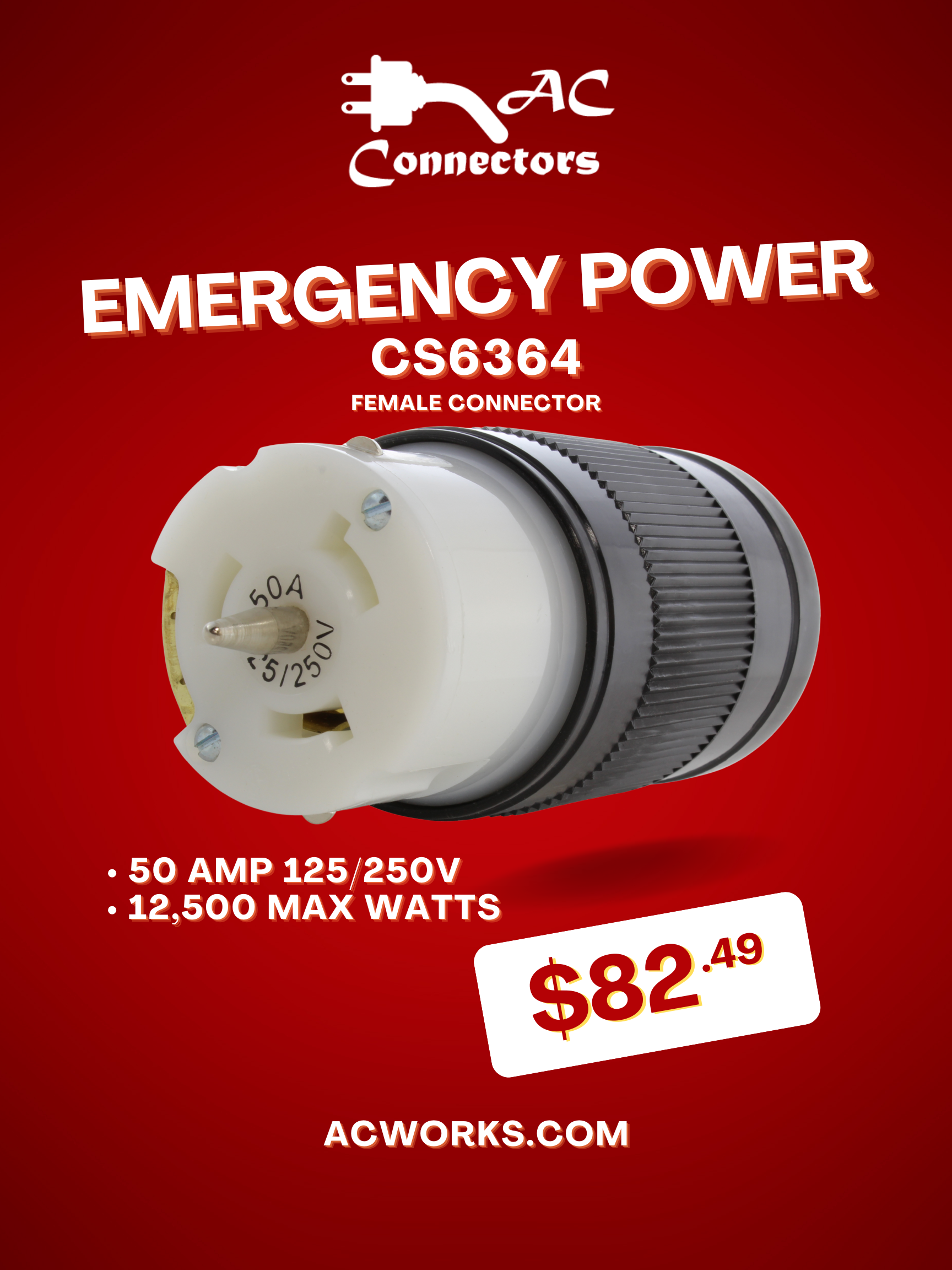
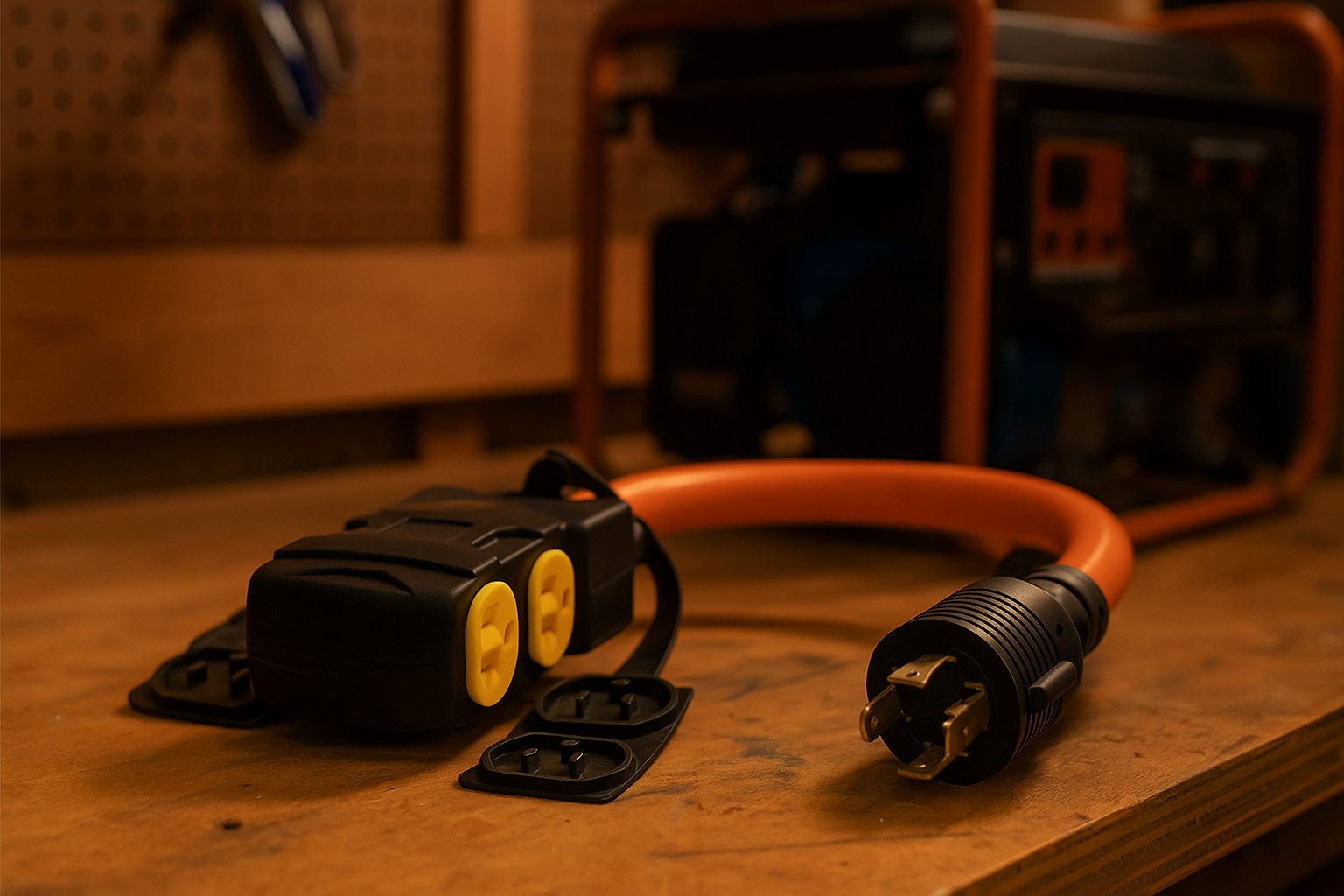
Share:
Learn How to Keep Your Sump Pumping During a Power Outage
Surge Protectors: How they Protect You
34 comments
We are glad to be able to help Stewart. You can subscribe to our blog for weekly articles, promotions, and other updates.
In this post have top electrical knowledge. This is very interesting post. I am very thankful for your post.
https://allwest.co.nz/
Thank you for the kind words Loren. Let us know if you have a topic you would like to see us talk about in the future.
Very good advisory. Thanks!